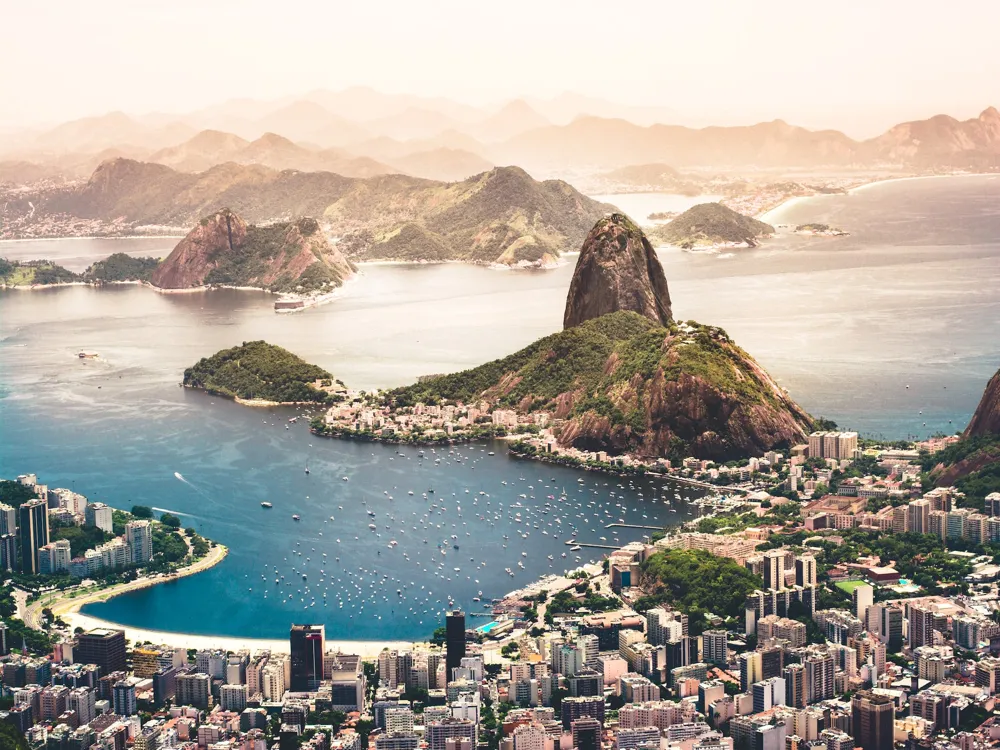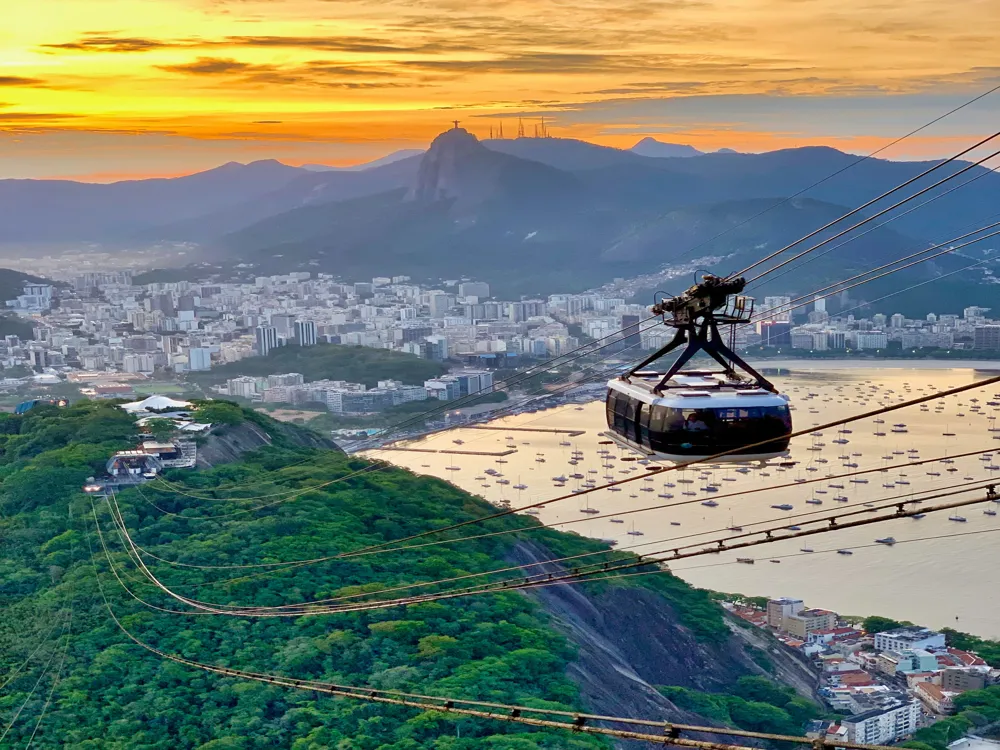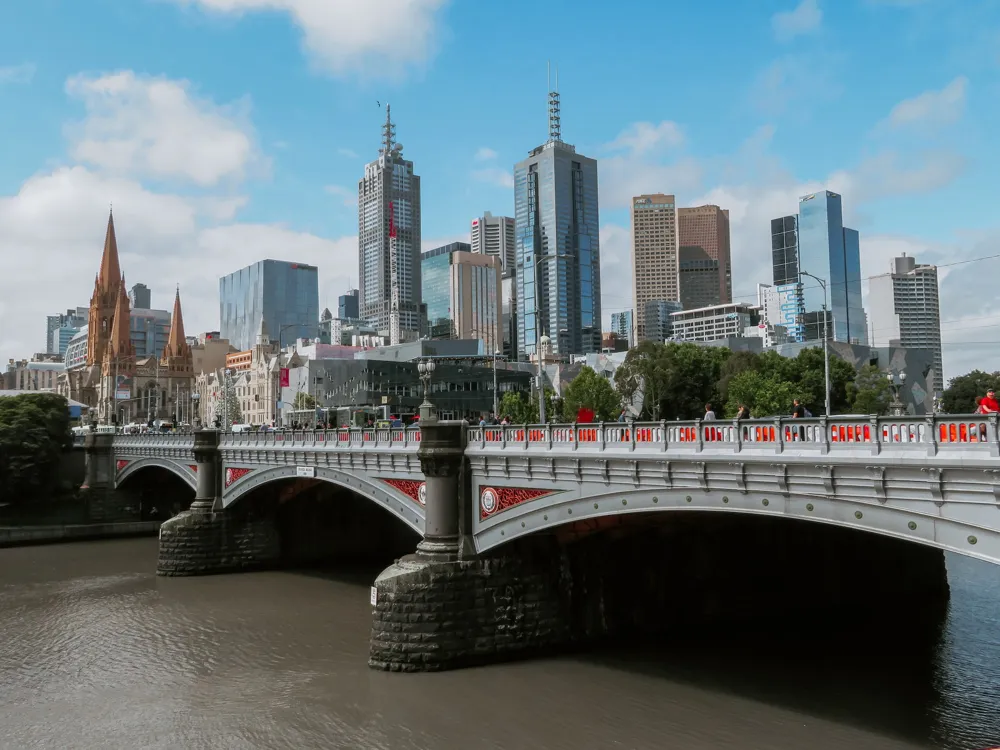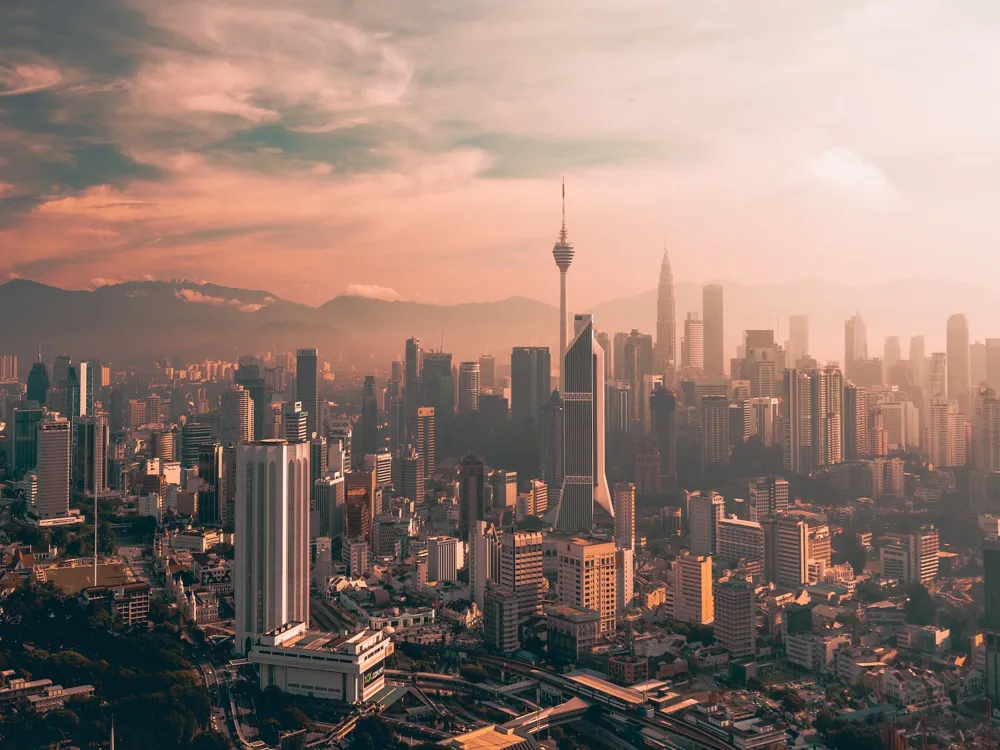Best Time to Visit Rio De Janeiro
Brazil
Sub-Region: Southeast RegionNaN onwards View Packages
Get Customized PackagesThe Land of Diversity
Top Hotel Collections

Private Pool

Luxury Hotels

5-Star Hotels

Pet Friendly
What is the Best Time to Visit Rio de Janeiro?
Rio de Janeiro, a city known for its vibrant culture, stunning landscapes, and captivating festivities, welcomes visitors throughout the year. The optimal time to visit depends on individual preferences and what one seeks to experience.The best time to visit Rio is between December and March, when the rainfall is warm and sunny enough to hit the strands, although there may be quick but heavy cloudbursts in the gloamings. The megacity's attractive samba beat and inconceivable panoramic views last time-round, but arrive in February to witness Carnival. This five-day jubilee leading up to Fat Tuesday brings knockouts from thousands of callers and locals to the thoroughfares for processions and parties. Chancing an affordable place to stay during Carnival can be delicate; you should consider reserving your hostel and flight up to a time in advance. Between January and March, daytime temperatures can occasionally surpass 90 or 100 degrees Fahrenheit. However, visit during the afterlife( April and May) or spring( October and November), when temperatures fall back to the 70s and low 80s during the day and the 60s at night, if you prefer more moderate conditions. The most stylish time to visit Rio de Janeiro is between the months of December and March, particularly the months of February and March, to witness the world-famous Rio Carnival, considered the world's largest festival.
More about Best Time to Travel to Rio De Janeiro
Travel Peak Season in Rio De Janeiro
The peak season in Rio de Janeiro spans from December to March. During this time, the city comes alive with colorful celebrations, including the world-renowned Carnival. The weather is hot and vibrant, ideal for those seeking the energetic atmosphere of festivals and beach activities.This is Rio's peak season. The megacity's most notable events, including Reveillon( New Year's Eve) and Carnival, take place during Brazil's summer, which lasts from December through March. Approximately 2 million people come to Rio to celebrate New Year's Eve with live music, firework shows, and good spirits on Copacabana Beach( top tip: wear and tear white for the fests like the locals do to apparently bring peace for the ensuing time). Hostel prices can be inflated during these months, so book beforehand to ensure availability. Also, anticipate crowds on the main megacity strands when temperatures hang in the mid-80s ( or higher). This is also the season when Rio de Janeiro sees its utmost downfall, so pack a marquee.
Travel Offseason in Rio De Janeiro
Contrarily, the offseason in Rio de Janeiro falls between April and November. While the weather might be slightly cooler, this period offers a quieter ambiance, making it perfect for travelers looking to explore the city's attractions without the bustling crowds.Crowds and hot summer rainfall dissipate in May. But do not anticipate Rio's moisture to vanish Rio de Janeiro is notorious for its year-round, damp tropical heat. After Easter, you will find cheaper room rates. During Brazil's downtime season, locals wrap up in the moderate rainfall. Anticipate mild temperatures and regular hostel prices. These months are also ideal for sightseeing. There are smaller rain showers and lower fog on Corcovado and Sugarloaf Mountain. Spring is an ideal time for callers seeking sun and adventure. Mild and fairly dry rainfall( more rain than in the downtime but lower than in the summer), smaller crowds, and further room to sprawl out on the strands are all part of the allure. However, you will save the plutocrat by reserving a hostel at this time of year, if you do not mind missing the jubilee hoopla.
Rio De Janeiro Travel Packages
View All Packages For Rio De Janeiro
Rio De Janeiro in Shoulder Season
The shoulder seasons, encompassing April to June and September to November, strike a balance between the energetic buzz of the peak season and the tranquility of the offseason. This time offers pleasant weather and fewer crowds, making it an excellent time to explore Rio's attractions comfortably.
Rio De Janeiro in Hot Season
The hot season, spanning December to March, is characterized by soaring temperatures and lively festivities. This time, tourists are eager to immerse themselves in the exuberant celebrations and vibrant atmosphere of Rio's summer.
Rio De Janeiro in Rainy Season
Rio de Janeiro's rainy season occurs between December and March, coinciding with the hot season. While occasional rain showers might occur, they are usually brief, allowing visitors to enjoy the city's charms between the passing showers.
Rio De Janeiro in Cool Season
The cool season, spanning April to November, offers milder temperatures, making it comfortable for exploration and outdoor activities. Travelers can relish the city's attractions without the intense heat typical of the hot season.
Exploring Rio de Janeiro is a year-round delight, offering diverse experiences tailored to different preferences. Whether one seeks the pulsating energy of festivals, serene exploration, or a blend of both, Rio accommodates all interests across its various seasons.
Places To Visit In Rio De Janeiro
Nearby Places Rio De Janeiro
Rio De Janeiro Photos
View All Photos For Rio De JaneiroBrowse Package Collections
Browse Hotel Collections
Faq
Q: What's the best time to visit Rio de Janeiro for carnival?
A: Rio's Carnival, a dazzling extravaganza, typically happens in February or March. It's best to plan your visit during this time to immerse yourself in the vibrant festivities.
Q: Is there a specific time to witness Rio's stunning sunsets?
A: Yes, the best time to catch breathtaking sunsets over Rio's skyline is between 5:30 PM and 6:30 PM, varying slightly throughout the year. Head to Arpoador Beach for a picture-perfect view.
Q: When is the ideal time to visit for beach activities?
A: Rio's beach season peaks from December to March, offering perfect weather for sunbathing and water activities. However, if you prefer fewer crowds, consider visiting during the shoulder seasons of April-May or September-October.
Q: Are there specific months for experiencing Rio's cultural festivals?
A: Rio hosts various cultural events year-round. June brings the Festa Junina celebrations, while September showcases the Rock in Rio music festival. Check local event calendars for specific dates.
Q: What's the best time to explore Rio's iconic landmarks with fewer tourists?
A: To avoid crowds while visiting landmarks like Christ the Redeemer or Sugarloaf Mountain, consider early morning visits on weekdays, especially outside of major holidays or peak seasons.












